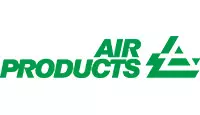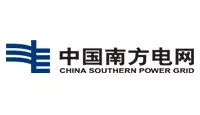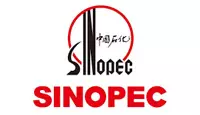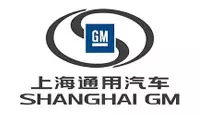Shanghai, China
+86-17317656853
inquiry@cgprotection.com



EN1149-5: Why Is Anti-Static Technology in Flight Suits Critical?The Hidden Hazards of Static Electricity on AvionicsAnalysis of Conductive Fiber Treatment ProcessesIn aviation, pilot safety depends not only on core protective features like fire resistance and impact resistance but also on a frequently overlooked factor: static electricity control. Without effective anti-static properties, flight suits can cause avionics malfunctions, ignite fuel vapors, or even interfere with ejection systems. The European standard EN1149-5 imposes strict requirements on the electrostatic dissipation properties of protective clothing, ensuring pilots can operate safely in high-pressure, high-friction environments. This article explores:
1. How Static Electricity Endangers Flight Safety(1) Interference with Avionics, Leading to ErrorsModern fighter jets rely on highly sensitive electronic systems, including:
Studies show that human electrostatic discharge (ESD) can exceed 15kV—enough to damage avionics circuitry if left unprotected. (2) Ignition of Fuel Vapors, Causing ExplosionsDuring refueling or fuel leaks, flammable vapors may saturate the air. Static sparks from ordinary clothing (>0.2mJ) can ignite jet fuel (minimum ignition energy: 0.02mJ). Case Study: In 1983, an F-16 explosion occurred in a hangar due to static electricity from a ground crew member’s clothing igniting fuel vapors. (3) Disruption of Ejection SystemsEjection seats rely on electronic ignition; static interference can cause:
2. Conductive Fiber Treatment Technologies(1) Material Selection: Three Types of Conductive Fibers
Military flight suits typically use composite conductive fibers, embedding carbon black or conductive polymers into Nomex® fabric to ensure static dissipation without compromising flame resistance. (2) Key Process: Achieving "Static Dissipation" Instead of "Static Shielding"EN1149-5 requires surface resistance <10⁹Ω to ensure gradual static discharge, preventing sudden sparks. Methods include:
Comparative Test Data:
3. Key Testing Requirements of EN1149-5
Additional Requirements:
Conclusion: Anti-Static Technology—The Invisible "Safety Lock" of Flight SuitsThough less visible than flame resistance or G-force protection, static control is a critical pillar of modern aviation safety. As noted in a NASA research report:
Flight suits compliant with EN1149-5 exemplify the precise integration of materials science and engineering optimization, silently safeguarding every mission. |
Tags:
Shanghai C&G's personal protective clothing and PPE products are trusted by customers in the world. Our products are exported worldwide, with a strong presence in the United States, China, Japan, Germany, the United Kingdom, India, France, Italy, Brazil, and Canada. In addition, we have a significant customer base in other countries across each continent, including Australia, New Zealand, South Africa, Nigeria, and Egypt in Africa; Argentina, Chile, and Mexico in South America; Russia, South Korea, and Indonesia in Asia; Spain, Poland, and Turkey in Europe; and Saudi Arabia and the United Arab Emirates in the Middle East. Wherever you are in the world, we have the products you need to stay safe and protected. Contact us today to learn more about our products and how we can help you meet your safety needs.










© 2023 Shanghai C&G. All Rights Reserved.